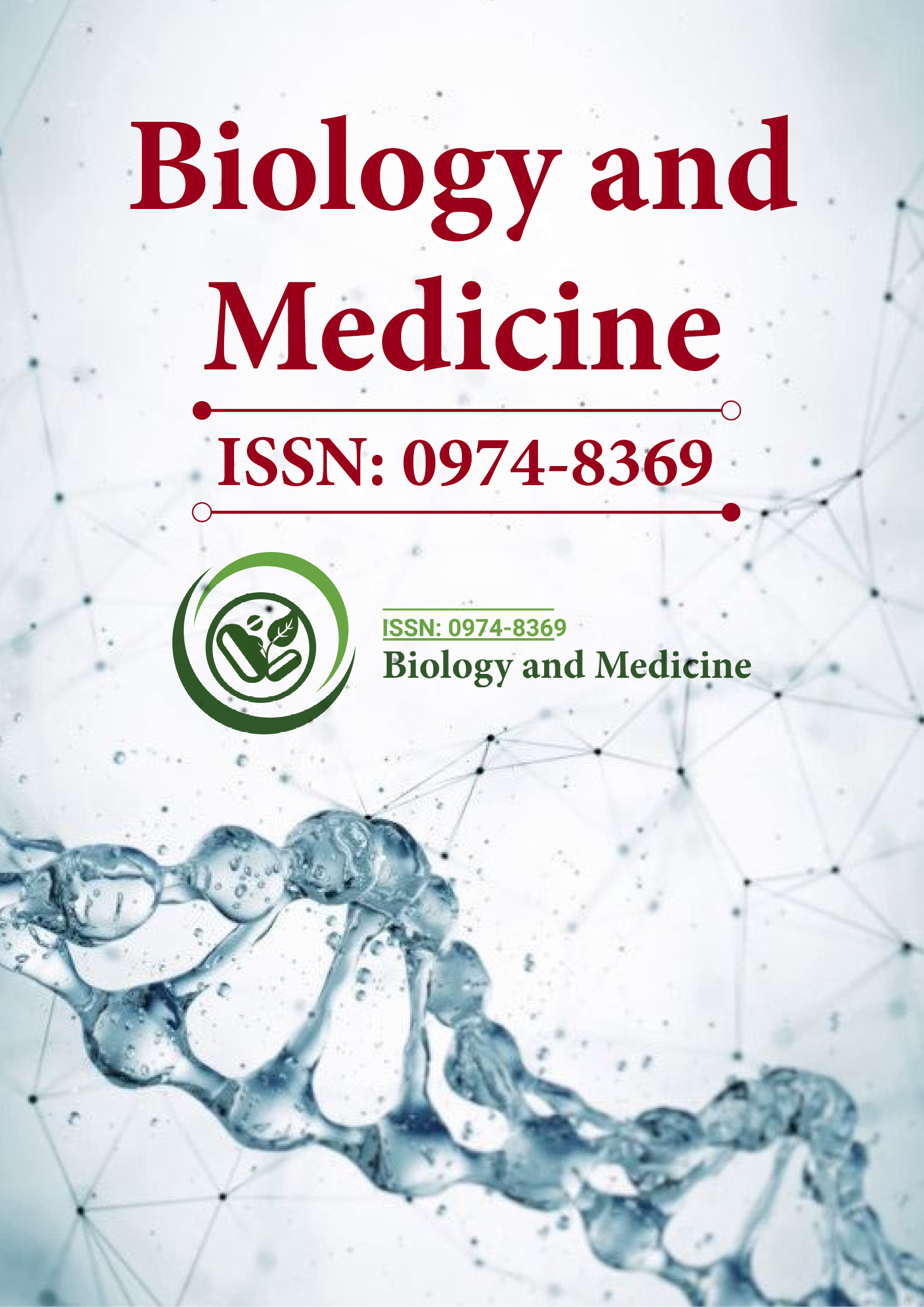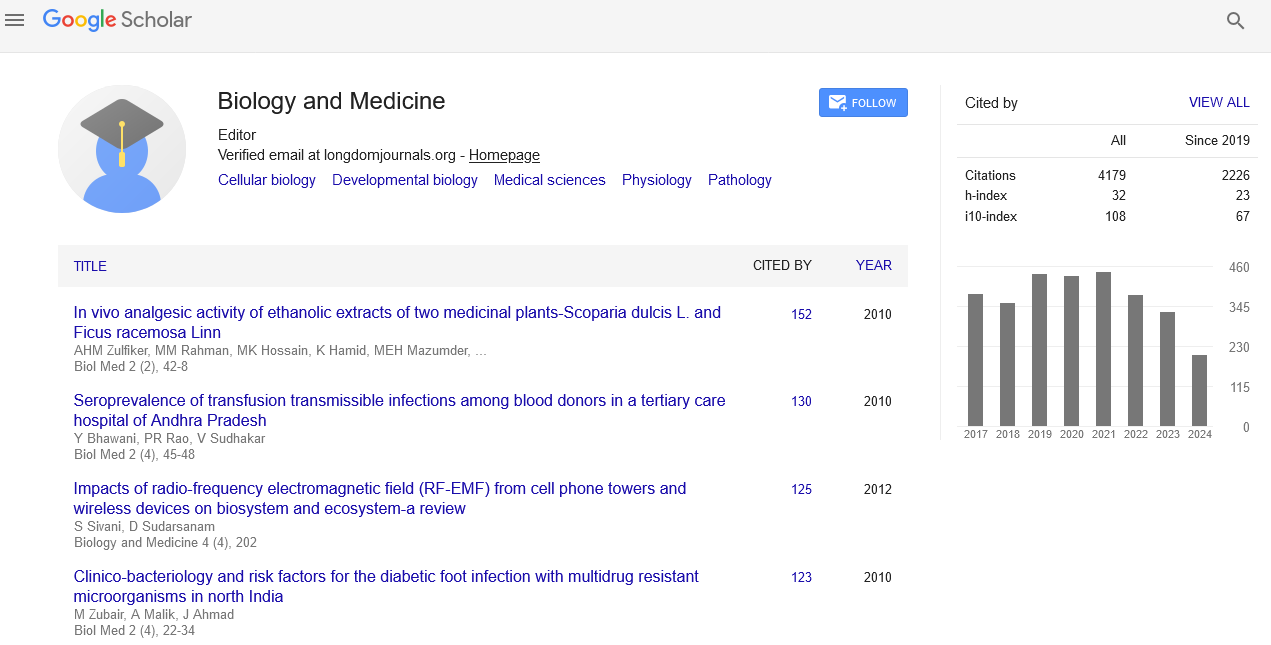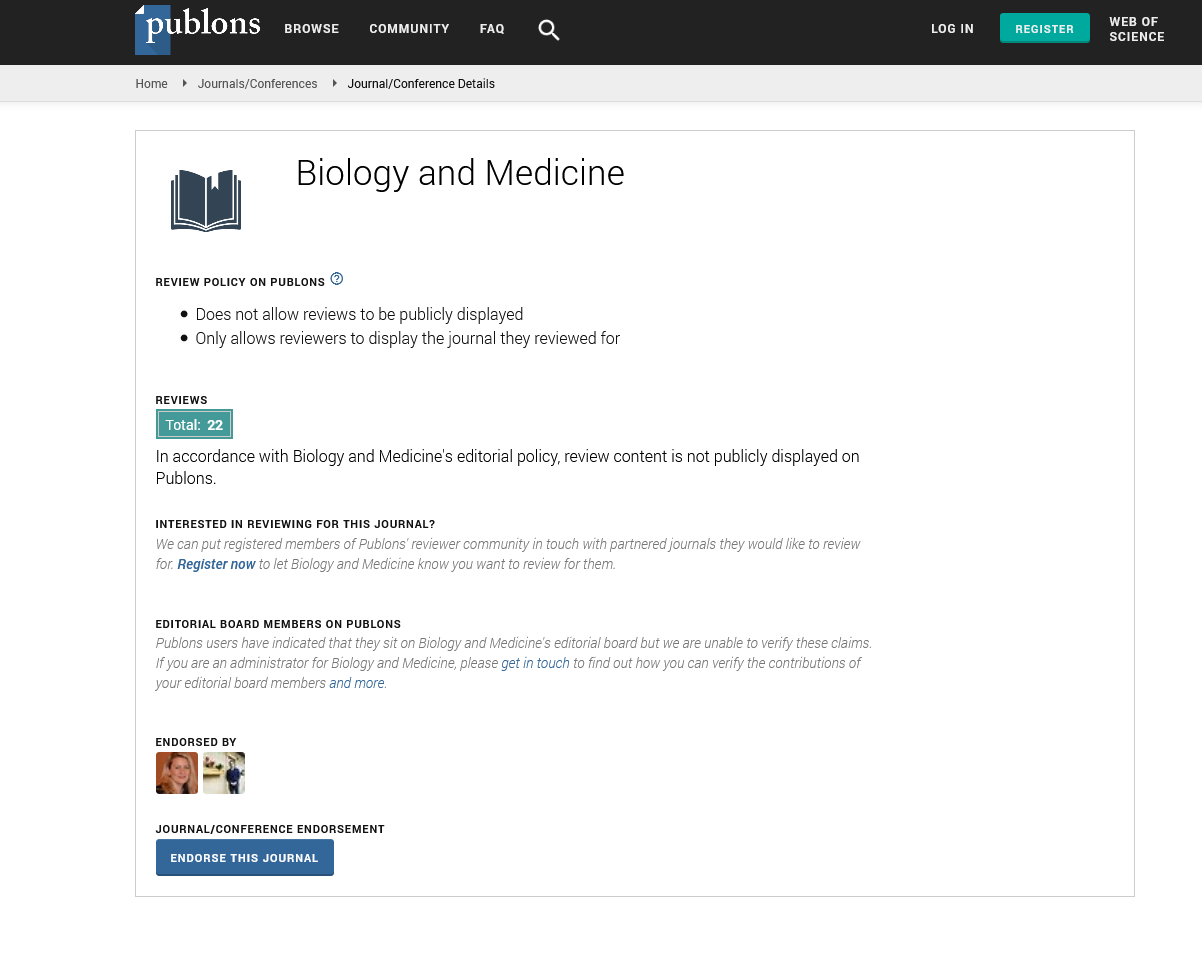Indexed In
- Open J Gate
- Genamics JournalSeek
- CiteFactor
- Cosmos IF
- Scimago
- Ulrich's Periodicals Directory
- Electronic Journals Library
- RefSeek
- Hamdard University
- EBSCO A-Z
- Directory of Abstract Indexing for Journals
- OCLC- WorldCat
- Proquest Summons
- Scholarsteer
- ROAD
- Virtual Library of Biology (vifabio)
- Publons
- Geneva Foundation for Medical Education and Research
- Google Scholar
Useful Links
Share This Page
Journal Flyer

Open Access Journals
- Agri and Aquaculture
- Biochemistry
- Bioinformatics & Systems Biology
- Business & Management
- Chemistry
- Clinical Sciences
- Engineering
- Food & Nutrition
- General Science
- Genetics & Molecular Biology
- Immunology & Microbiology
- Medical Sciences
- Neuroscience & Psychology
- Nursing & Health Care
- Pharmaceutical Sciences
Opinion Article - (2025) Volume 17, Issue 2
Epigenetic Inheritance Beyond DNA: How Traits Pass Without Gene Mutations
Samiara Hasni*Received: 12-Feb-2025, Manuscript No. BLM-25-28802 ; Editor assigned: 14-Feb-2025, Pre QC No. BLM-25-28802 (PQ); Reviewed: 28-Feb-2025, QC No. BLM-25-28802 ; Revised: 07-Mar-2025, Manuscript No. BLM-25-28802 (R); Published: 14-Mar-2025, DOI: 10.35248/0974-8369.25.17.775
Introduction
Traditional genetics has long focused on the sequence of DNA as the blueprint of life. However, an emerging body of evidence is redefining this paradigm. It appears that inheritance is not limited to DNA sequences alone—traits and susceptibilities can be passed across generations via epigenetic mechanisms, without altering the genetic code itself. This article explores the revolutionary implications of epigenetic inheritance, highlights key mechanisms like DNA methylation and histone modification, and considers its role in development, disease, and evolution. As the field matures, it challenges conventional understandings of heredity, blurs the boundary between nature and nurture, and opens new possibilities for medicine and biology.
Since the discovery of DNA’s double helix, biology has advanced under the dogma that genetic information flows in a unidirectional sequence from DNA to RNA to protein. Traits, it was believed, were passed from one generation to the next strictly through DNA sequences. This perspective has been deeply ingrained in genetics for over half a century.
Yet, over the past two decades, this view has been disrupted by the rise of epigenetics, a field that examines heritable changes in gene expression that occur without changes to the underlying DNA sequence. Recent studies suggest that these epigenetic changes can be transmitted through generations, a process referred to as epigenetic inheritance. While this concept was once controversial, it is now supported by robust findings in animals and increasingly in humans.
Epigenetic inheritance refers to the transmission of gene expression patterns from parent to offspring without altering the DNA code. Instead of mutations, this process relies on epigenetic marks, such as:
- The addition of methyl groups to DNA, often silencing gene activity.
- Chemical changes to histone proteins that affect how DNA is wrapped and accessed.
- Small RNA molecules that regulate gene expression post-transcriptionally.
These epigenetic markers act like molecular bookmarks, telling cells which genes to read or ignore. Remarkably, some of these markers survive the dramatic reprogramming events of fertilization and embryonic development, allowing them to persist into future generations.
Perhaps the most well-understood epigenetic mechanism, DNA methylation typically occurs at cytosine residues in CpG dinucleotides. High levels of methylation in gene promoter regions are associated with gene silencing. Notably, environmental factors like diet, stress, and toxins can alter methylation patterns, which may then be passed to progeny.
Histones, the protein spools around which DNA winds, can undergo chemical modifications such as acetylation or methylation. These changes influence chromatin structure and thereby gene accessibility. Some histone modifications can escape the epigenetic "reset" that usually happens during gamete formation and fertilization.
Small RNAs, including microRNAs and piRNAs, play roles in gene silencing and genomic stability. Studies in Caenorhabditis elegans and mice have shown that RNA molecules in sperm can influence offspring phenotypes, suggesting another route for epigenetic inheritance.
Plants exhibit robust epigenetic inheritance. For example, the phenomenon of vernalization—flowering in response to cold exposure—can be remembered epigenetically across generations in Arabidopsis. These mechanisms enable plants to adapt rapidly to fluctuating environments without genetic mutations.
In mice, experiments have shown that paternal diet, stress, and even exposure to toxins like endocrine disruptors can result in altered DNA methylation in sperm, leading to metabolic and behavioral changes in offspring. In some cases, these changes persist for up to three generations.
In C. elegans, RNA interference (RNAi) can be inherited through multiple generations. Small RNAs introduced into the parent worm can silence genes in its progeny—a clear example of information transfer independent of DNA sequence changes.
Human studies are inherently more complex due to genetic diversity and ethical limitations in experimental design. However, compelling evidence is mounting:
- Individuals conceived during the famine showed changes in DNA methylation of genes involved in metabolism, and their children exhibited higher risks of metabolic diseases decades later.
- Studies on Holocaust survivors and their children have identified epigenetic alterations in stress-regulating genes like FKBP5 and NR3C1. Similar findings have been noted in populations affected by war or systemic oppression.
- Emerging research suggests that a father’s smoking, obesity, or age at conception can influence DNA methylation patterns in sperm and may correlate with developmental outcomes in offspring.
While causality is harder to prove in humans than in model organisms, the consistency of observations across populations and studies is pushing the field forward.
Epigenetic inheritance introduces a non-genetic dimension to evolutionary theory. Traditionally, evolution has been viewed as a slow process driven by random genetic mutations and natural selection. Epigenetic inheritance, however, offers a mechanism for rapid adaptation to environmental changes.
This challenges the neo-Darwinian framework and echoes elements of Lamarckian evolution—the idea that acquired characteristics can be inherited. Though controversial, this view has gained scientific credibility as we uncover more examples of environmentally induced heritable changes.
If environmental exposures (e.g., malnutrition, toxins, stress) can imprint future generations, then public health policies may need to consider intergenerational impacts. Prevention efforts could shift from a purely individual focus to a multigenerational one. By mapping epigenetic profiles, physicians might predict susceptibilities to conditions like cancer, diabetes, or mental illness. Future diagnostics may use epigenetic markers alongside genetic ones to tailor treatments. Unlike genetic mutations, epigenetic marks are often reversible. Lifestyle interventions such as exercise, diet, or meditation may “erase” harmful epigenetic changes, offering hope for intergenerational healing.
Conclusion
Epigenetic inheritance is reshaping our understanding of how traits are passed across generations. It bridges genetics and environment, suggesting that life experiences both enriching and traumatic can influence our descendants' biology. While the field is still in its early stages, its potential for transforming medicine, evolution, and public health is immense.
Citation: Hasni S (2025). Epigenetic Inheritance Beyond DNA: How Traits Pass Without Gene Mutations. Bio Med. 17:775
Copyright: © 2025 Hasni S. This is an open-access article distributed under the terms of the Creative Commons Attribution License, which permits unrestricted use, distribution and reproduction in any medium, provided the original author and source are credited.


